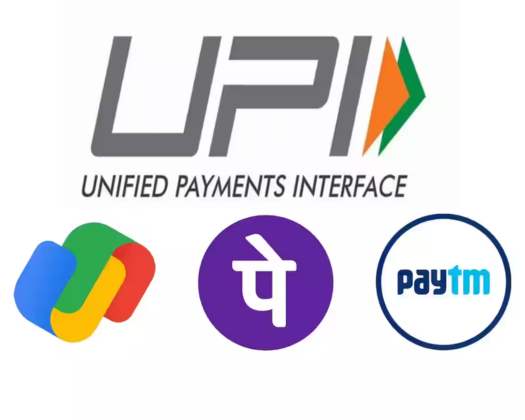Understanding the UPI Landscape in 2024: Key Rule Changes and Features
Unified Payments Interface (UPI) has firmly established itself as one of India's most preferred modes of payment, witnessing significant growth and widespread adoption. As we step into 2024, notable changes in UPI rules and features have been introduced, aiming to enhance the user experience and bolster the overall efficiency of this payment system. Coordinated efforts by the Reserve Bank of India (RBI) and the National Payments Corporation of India (NPCI) have led to the formulation of new rules that came into effect from January 1, 2024. In this comprehensive guide, we will delve into the five pivotal changes in UPI that every user should be well-informed about.
1. Inactive UPI IDs: A Call for Activation
In a move to streamline UPI usage and ensure the active participation of users, guidelines set by the NPCI mandate that popular payment apps like PhonePe, Google Pay, and PayTM are required to verify and sustain active UPI IDs. Notably, UPI IDs that remain dormant for a year will face deactivation. Users are advised to initiate at least one transaction if they possess a UPI ID that has been inactive for an extended period to prevent its deactivation.
2. Fraud Prevention Measures: A 4-Hour Window
In response to the escalating financial fraud cases, the central bank has proposed a 4-hour window for users initiating their first payment of ₹2,000 or more to a new recipient. This window allows users to modify or reverse the transaction if they haven't engaged in a transaction with the recipient before. This measure is a proactive step toward minimizing fraud risks and enhancing the security of UPI transactions.
3. Transaction Limit Enhancement: Facilitating Large Payments
To facilitate seamless transactions for users making substantial payments to hospitals and educational institutions, the transaction limit for such institutions has been elevated from the existing INR 1 lakh to INR 5 lakh. This revision aims to simplify the payment process for individuals involved in significant financial transactions with these institutions.
4. UPI ATMs: Revolutionizing Cash Withdrawals
In a bid to redefine the cash withdrawal experience, NPCI, in collaboration with Hitachi Payment Services, has introduced UPI ATMs. These innovative ATMs empower users to withdraw cash using UPI apps without the need for a physical debit card. The first UPI ATM has already been launched, marking the beginning of a new era in hassle-free cash withdrawals. The deployment of more UPI ATMs across the country is on the horizon.
5. UPI for Secondary Market: Beta Phase Unveiled
NPCI's UPI for the secondary market project has entered the beta phase, allowing selected users to block funds post-trade confirmation in the secondary market. This advancement facilitates the settlement of funds on a T+1 basis through clearing corporations. The integration of UPI into the secondary market holds the promise of greater efficiency and faster settlement processes.
As UPI continues to evolve, these rule changes and new features underscore the commitment of regulatory bodies to ensure a secure, efficient, and user-friendly digital payment ecosystem. Staying abreast of these developments will enable users to navigate the UPI landscape with confidence and make the most of the enhanced functionalities introduced in 2024.









